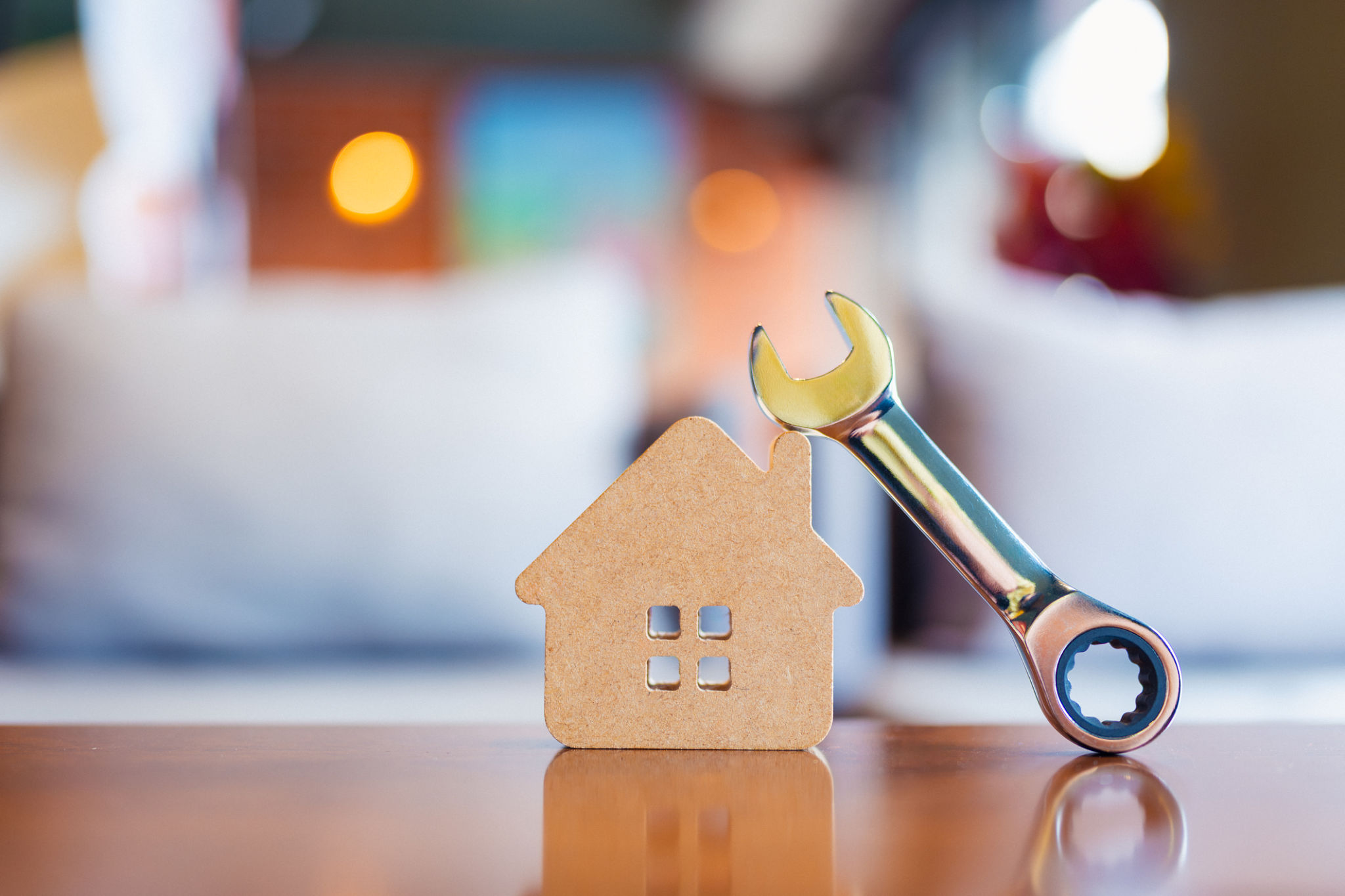Common Mistakes That Lower Occupancy Rates and How to Avoid Them
Understanding the Impact of Occupancy Rates
Occupancy rates are a critical metric for any property owner or manager. They directly affect revenue and can influence future investment decisions. However, many property managers unknowingly make mistakes that can significantly lower these rates. Understanding these common pitfalls can help you maintain high occupancy and ensure your property's success.

Overpricing Your Property
One of the most common mistakes is setting the rent too high. While it might be tempting to maximize income, overpricing can deter potential tenants. To avoid this, conduct a market analysis to align your rent with similar properties in your area. Offering competitive pricing can increase interest and lead to higher occupancy rates.
It's also important to consider the amenities and services you offer. If your property lacks certain desirable features, you might need to adjust your pricing accordingly. Regularly review and adjust your pricing strategy to stay competitive.
Ineffective Marketing Strategies
Another mistake is failing to effectively market your property. Simply listing your property on a few websites is not enough. Utilize a combination of online and offline channels, including social media, property listing sites, and local advertising. High-quality images and detailed descriptions can significantly increase the likelihood of attracting potential tenants.

Don't overlook the power of reviews and referrals. Encourage satisfied tenants to leave positive reviews and consider offering referral bonuses to current tenants who bring in new renters. Engaging with your community can also enhance your property's reputation.
Poor Property Maintenance
Neglecting property maintenance is another critical error. Potential tenants are often deterred by visible signs of neglect, such as peeling paint or unkempt landscaping. Regular inspections and prompt repairs are essential to maintaining the appeal of your property.
Consider implementing a maintenance schedule and keeping an open line of communication with tenants regarding any issues. A well-maintained property not only attracts new tenants but also retains current ones.

Ignoring Tenant Needs
Tenant satisfaction plays a significant role in occupancy rates. Ignoring tenant feedback or failing to address their needs can lead to higher turnover. Establishing a system for tenant feedback and addressing concerns promptly can foster a positive community and encourage long-term residency.
Consider hosting tenant appreciation events or offering small incentives to show appreciation. Building strong relationships with tenants can lead to higher retention rates and positive word-of-mouth marketing.
Lack of Flexibility
Finally, a lack of flexibility in lease terms or policies can also lower occupancy rates. Offering flexible lease options, such as month-to-month agreements or shorter lease terms, can attract a wider range of tenants. Be open to negotiations and consider tailoring agreements to suit tenant needs.
By avoiding these common mistakes, property managers can improve their occupancy rates and create a thriving rental community. Regularly reassess your strategies and stay informed about market trends to ensure continued success.